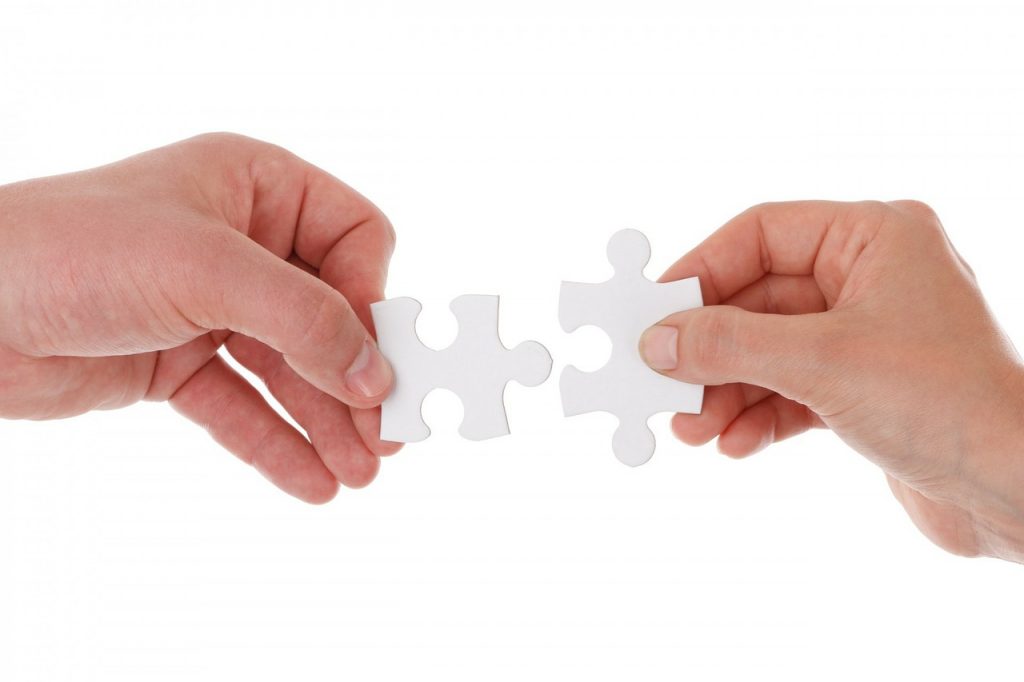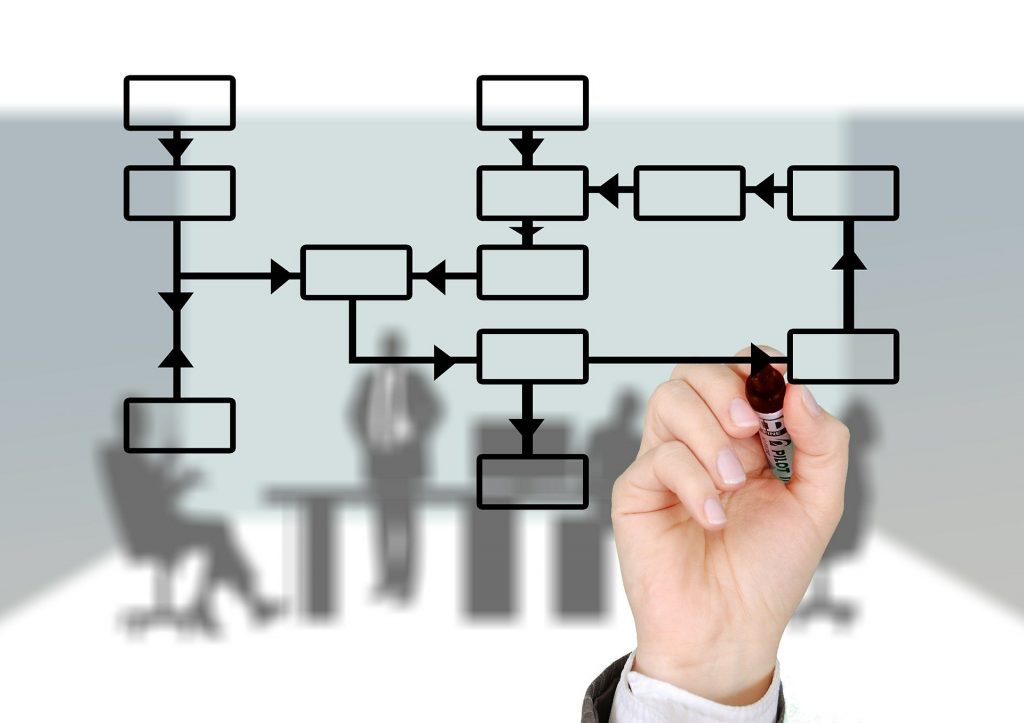When I discovered Lean I couldn’t believe that I had gone so long without really knowing this philosophy.
Lean, oh, if only I had met you before!
Before we go into what lean is, its principles and dimensions, it is important to emphasize what it is not. Lean is NOT:
- A framework
- A method
- A quality system
- A set of best practices
- The magic solution to all problems
What is Lean?
Lean is a philosophy, according to the Lean IT Association, “whose goal is the continuous improvement of the value delivered by organizations to their customers, as well as the empowerment of the staff of those organizations.”
Lean is the American name for the model developed by Taiichi Ohno at Toyota a few years after World War II, with the objective of being able to compete in the automobile market in an environment of economic scarcity where the major competitor (Ford) was in an environment of abundance (USA).
The Lean approach focuses on maximizing the value added to users or customers by eliminating waste and minimizing all activities that do not add value to the creation or delivery of a product or service. Lean focuses on delivering higher quality, reducing cycle time and lowering costs.

For the most part Lean has been used in manufacturing, where organizations are applying Lean tools in service and transactional environments with great success. Typical results show dramatic reductions in time while significantly increasing quality.
But the use of Lean outside of manufacturing processes has also proven to have these benefits in terms of time reduction and quality improvement.
Know our process
Lean is also defined as a management approach or methodology or a leadership style.
One of the key steps in the Lean methodology is to identify the value stream.

Value Stream Mapping or Value Stream Mapping (VSM) is a flowcharting method used to illustrate, analyze and improve the process of delivering a product or providing a service. VSMs verify the flow of process steps and information from its origin to delivery to the customer. Like other types of flowcharts, they use a system of symbols to represent various work activities and information flows. VSMs are particularly useful for finding and eliminating waste. The elements are represented on a map according to whether or not they add value from the customer’s point of view, with the objective of eliminating those that do not add value.
As Deming said,
being able to describe the process that is carried out allows us to know better what we are really doing.

The VSM serves both to describe the current process, as well as to draw what the desirable future process would look like. It is important to understand that the design of the future process must be conceived as a goal to be reached, not as the end point to be reached. There can always be improvement, and Lean is continuous improvement, so our goal can change during the transformation process to achieve it.
The 5 Lean principles
Lean is based on 5 unchangeable principles, whether we are talking about methodology, leadership style or work philosophy, these are the key points to obtain good results with Lean:
- Customer Value: the customer defines what value is. Customer experience from start to finish.
- Value chain: know the process and identify what brings value to the customer along the process.
- Perfection: We want to do things right the first time. This is very focused on eliminating waste.
- Flow: We want to achieve continuous flow. Closely related to Just inTime production. We want to avoid production peaks.
- Pull: customers are the ones who initiate the service. Demand pulls the value chain.
Key questions for Lean dimensions
The above Lean principles can be developed in the 5 proposed dimensions.

For each of the dimensions we must ask ourselves a series of premises that will help us a lot to the success of Lean:
- Behavior and attitude: How do we work as a team? What do we really focus on in customer service?
- Client: Who is the customer? What element of our service is of value to the customer?
- Performance: How much time is spent on activities of value to our customer? What is the performance of teams and individuals?
- Process: What are the capabilities of our process?
- Organization: is the organization structured to meet customer demand?
Answering these questions can help us to consider how to improve the performance of our organization from 5 different dimensions. Lean is not optional, it is a competitive advantage for organizations that understand it and have it integrated into their DNA.
You can find the previous articles in the Business Agility series here:


